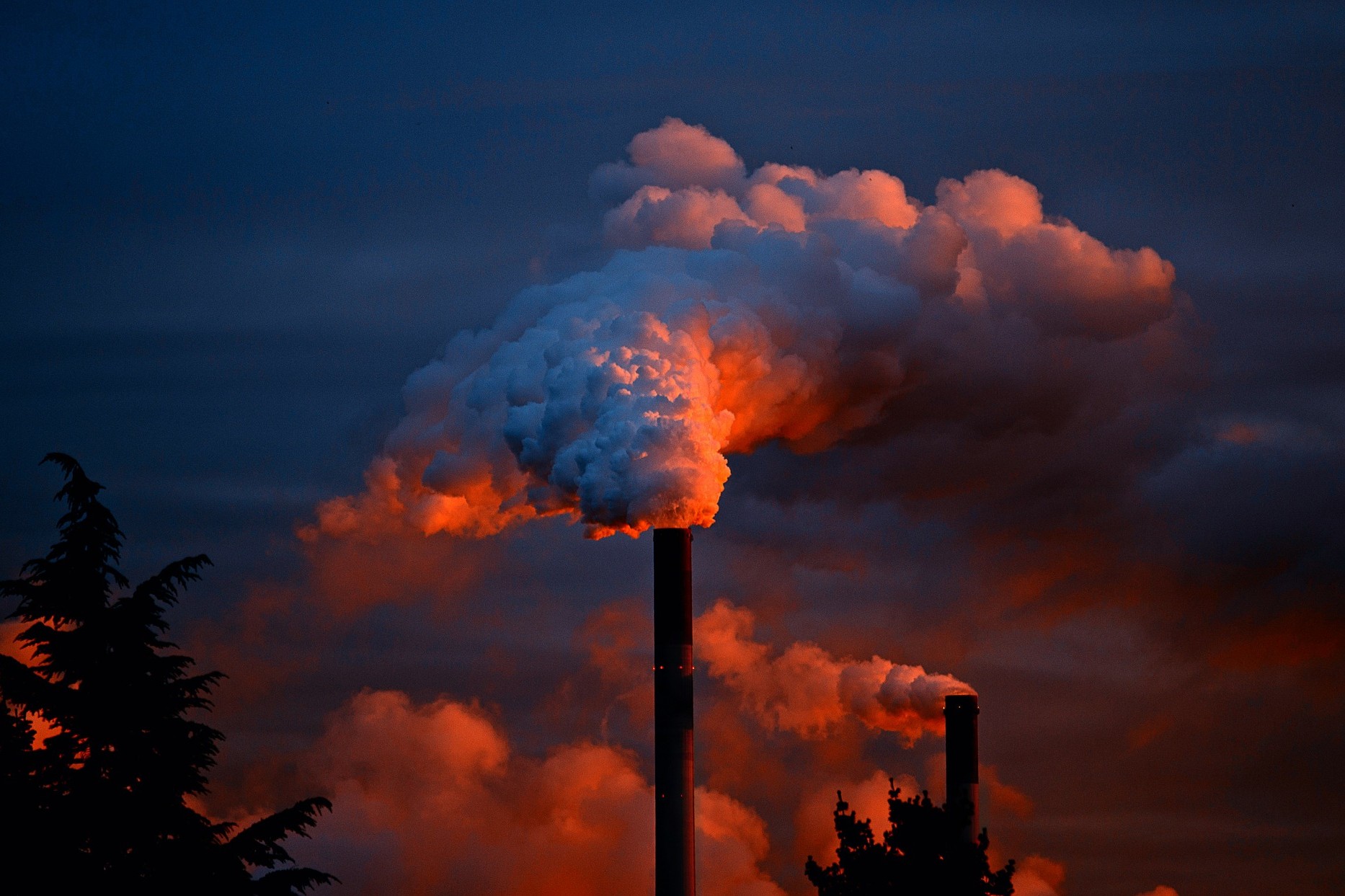New research, led by the University of Bristol and Peking University, has discovered that emissions coming from China of the ozone-destroying chemical, dichloromethane, have more than doubled over the last decade.
Since the signing of the Montreal Protocol, there has been a dramatic drop in emissions of the main substances that are responsible for depleting the stratospheric ozone layer, the part of the atmosphere that protects us from harmful solar radiation.
Compared to the CFCs, and other regulated ozone-destroying compounds, dichloromethane only lasts for a short time in the atmosphere – around six months. Mainly for this reason, its production and use hasn’t been controlled under the Montreal Protocol in the same way as longer-lived ozone-depleting substances.
Dr Luke Western from the University of Bristol’s School of Chemistry, said: “International monitoring networks have known that global atmospheric concentrations of dichloromethane have been rising rapidly over the last decade, but until now, it was unclear what was driving the increase.”
To answer that question researchers from Peking University, the China Meteorological Administration and the University of Bristol teamed up to examine new data collected within China. Their results are published today in the journal Nature Communications.
Minde An, a postgraduate student from Peking University, and visiting researcher at the University of Bristol led the study.
He said: “China is an important producer and user of compounds such as dichloromethane. Therefore, we wanted to examine measurements within the country to determine its contribution to global emissions.
“Our calculations revealed that China’s share of total global emissions grew from about one-third to two-thirds over the last decade. The global emissions increase since 2011 is the same size as the rise in emissions from China.
“We think that emissions of dichloromethane from China have increased because of its use as a solvent in various industrial applications and the expanding chloromethanes industry in China.”
Current controls on the use of dichloromethane in China only relate to its toxicity or its role in causing urban air pollution. Levels of dichloromethane are regulated in consumer products, and there are restrictions on release rates from industrial processes, but there is no control on the overall amount that can be emitted to the atmosphere.
Historically, emission rates of dichloromethane have been small enough to not overly worry researchers studying ozone layer recovery. However, the recent rise needs to be carefully watched in future.
Dr Ryan Hossaini from the University of Lancaster, and co-author of the study, said: “If current levels of dichloromethane persist, we could expect to see a delay in ozone layer recovery of a few years. However, if they continue to grow at the rate we’ve seen over the last decade, it could lead to a delay of over a decade, though future emissions are highly uncertain.
“Of significance is the location of the emissions discovered in this study. Short-lived compounds like dichloromethane are partly destroyed in the lower atmosphere before they reach the ozone layer.
“However, in some parts of Asia, there are regions where the atmosphere can transport these substances to the stratosphere relatively quickly. This means emissions from these regions may pack a bigger punch than those released elsewhere.”
Despite these concerns, there are signs that changes may be coming. In the last month, draft regulation by the Ministry of Ecology and Environment in China listed dichloromethane as a new pollutant whose use in several sectors such as paint stripping or insulating foam production could be banned.
Professor Matt Rigby, also from the University of Bristol’s School of Chemistry, said he was hopeful that these results can be repeated in the future to determine the impact of changes in regulation for dichloromethane and other compounds of interest to the Montreal Protocol.
He added: “One of the most important outcomes of this work is in showing what can be achieved through the close collaboration between scientists from around the world.”
“These measurements from China are highly valuable for researchers and policymakers who are interested in the ozone layer and climate. We’re looking forward to continuing this work in future, to provide the parties to the Montreal Protocol with increasingly accurate information to help ensure that the recovery of the ozone layer stays on track.”

